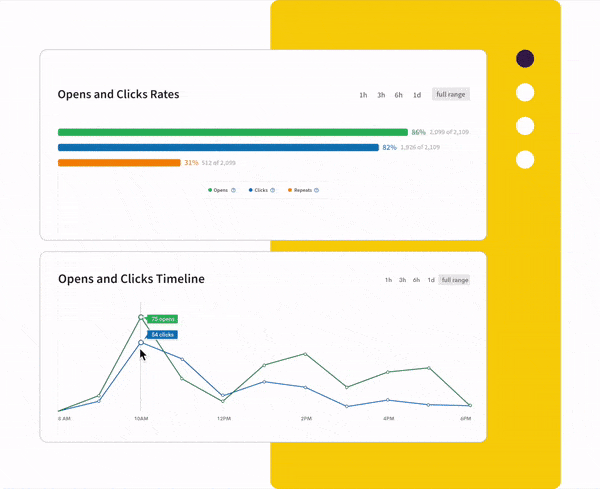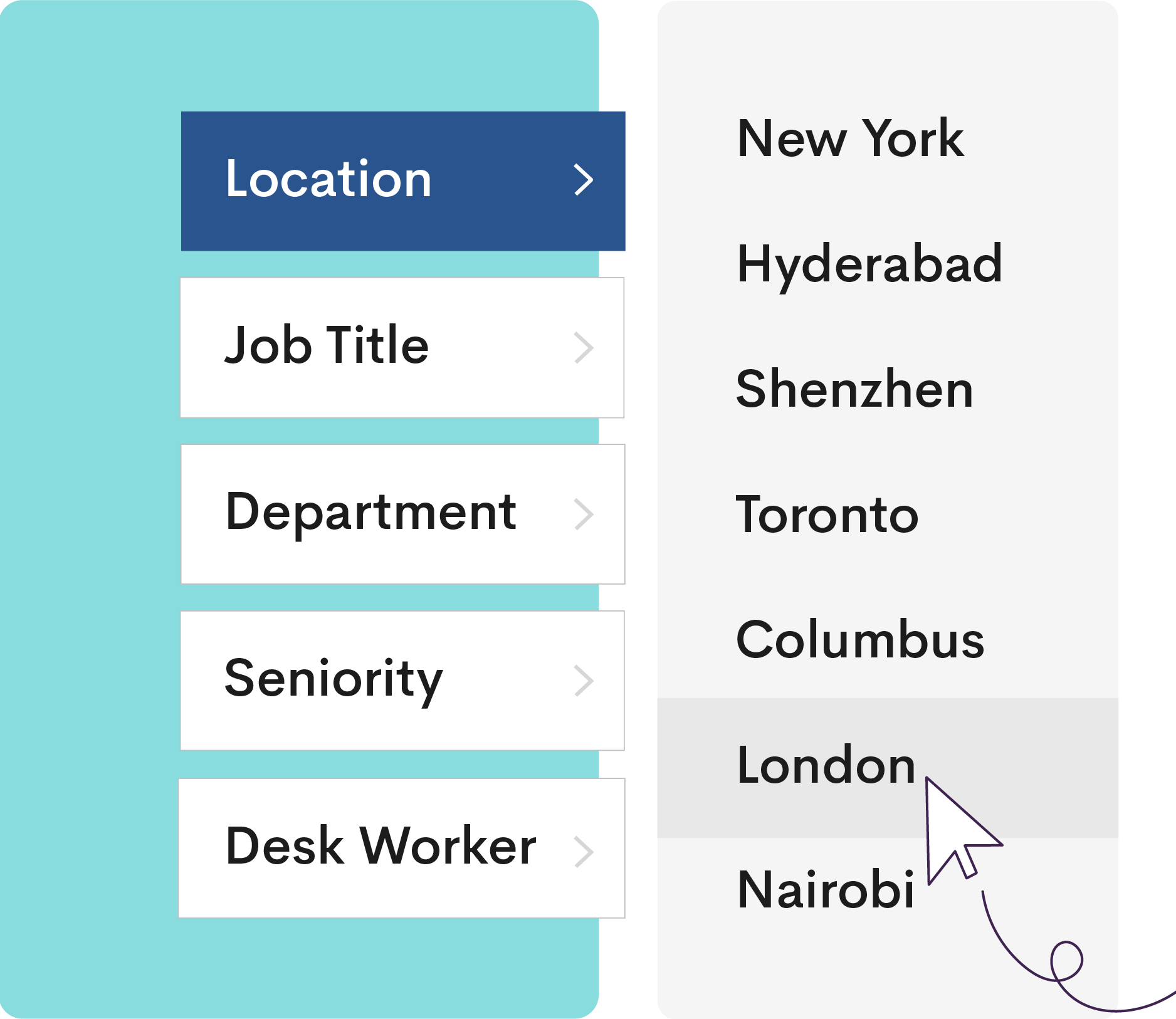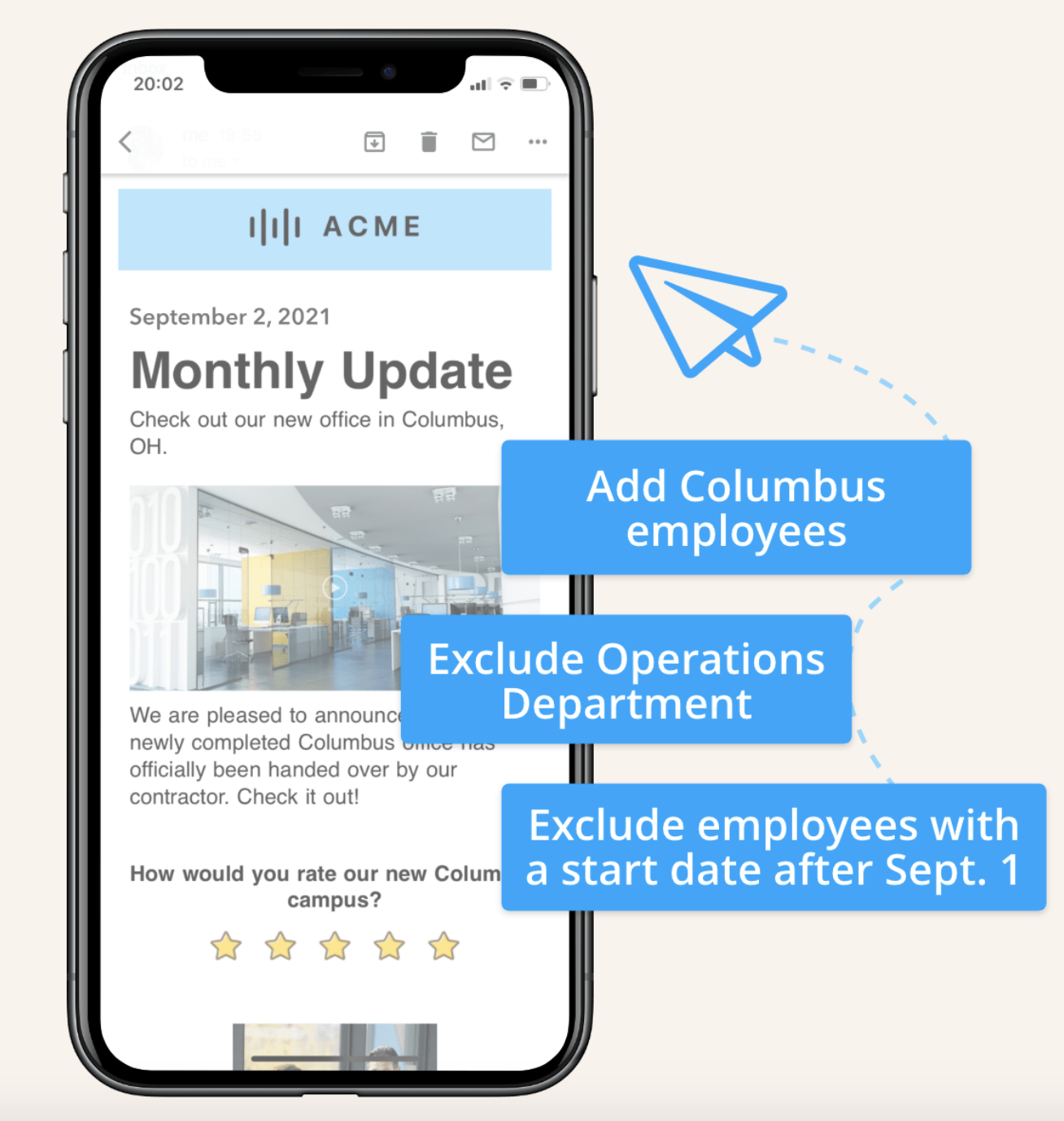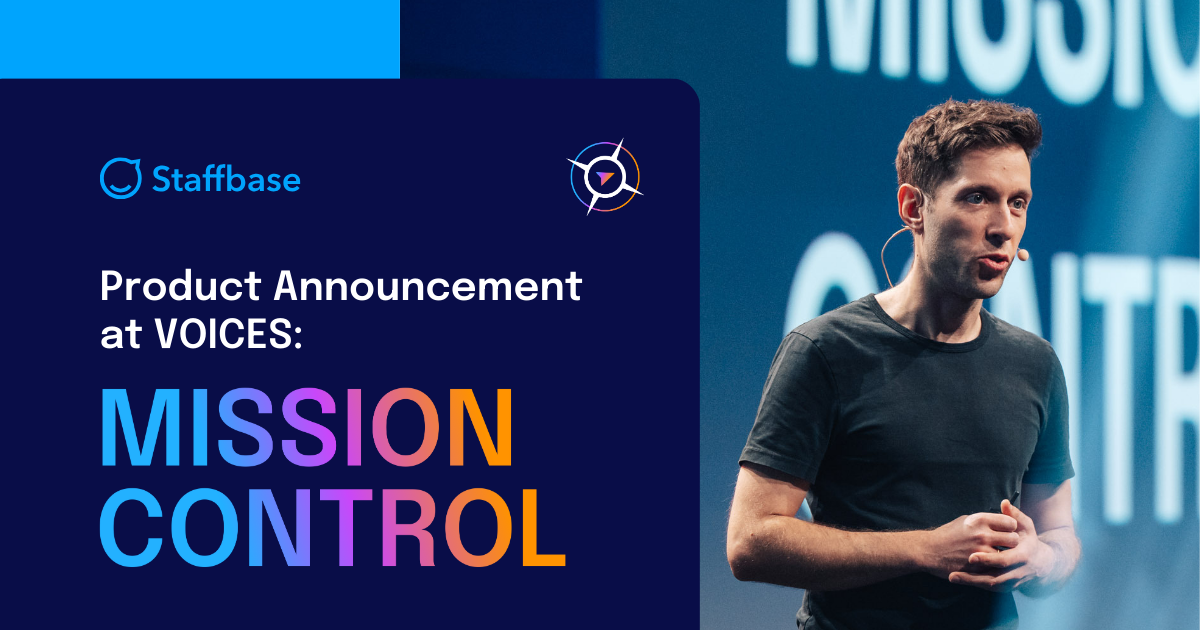Leadership comes to you with a request: “Hey, do you think you can send an all-staff email today?”
You’re hesitant… because it’s the third company-wide newsletter this week.
And it’s only Wednesday.
Been there, done that?
It’s a scenario that’s all too familiar for internal communicators.
You’re stuck between two worlds: putting together content that your employees actually want to read… and listening to stakeholders’ requests for more frequent (and sometimes lengthy) emails.
On top of that, with the rise of remote and hybrid work, you’re sending more emails than ever. In 2020 alone, approximately 306.4 billion emails were sent and received each day. By 2025, this figure is expected to increase to over 376.4 billion emails per day.
The case for reducing email overload
Even if your internal newsletters are put together with the best of intentions, sending too much information will overwhelm employees and dilute your communications.
In April 2021, The New York Times asked readers about the negative effects of email—and how an overflowing inbox has contributed to employee burnout.
One reader described email as “the eternal chore.”
Another said: “It has, on the worst days, brought me to tears.”
And these reactions have only become exacerbated by the COVID-19 pandemic.
As The New York Times points out, that’s because email has replaced too much in our daily office lives:
Decisions that were once made by stopping by a co-worker’s desk have been relegated to inbox ping-pong. Some people wrote about feeling a sense of guilt for not being able to reply faster or for adding emails to their colleagues’ inboxes. Others described how responding to a barrage of emails caused them to lose track of other tasks, creating a cycle that’s at best unproductive and, at worst, infuriating.”
Yes, email-related stress is real.
But that’s not all.
If you’re sending too much internal email, you are also reducing the effectiveness of those emails. If they aren’t relevant, timely, and engaging, employees may start to tune them out.
Unfortunately, we know that a lot of internal email isn’t relevant to every employee but is still sent to every employee.
Over time, if employees are getting too much internal email they won’t be able to keep up. And if that email isn’t relevant or useful specifically to them, they’ll come to think that your emails aren’t all that important.
And that’s a big problem, especially if you have time-sensitive emails that employees need to read and understand.
That being said, when done well, email can be an incredibly effective channel.
According to Gallager's State of the Sector 2021 report, it’s still the most prominent communication tool for internal comms.
Internal communication professionals have an interesting opportunity and challenge here: to give employees the information they need to do their best work—while reducing distractions and overload, and creating a better employee experience
The most effective way we've seen internal email comms pros solve this is by consolidating internal emails.
How to Marie Kondo your employee emails

If you’re familiar with Marie Kondo, organizing consultant extraordinaire and creator of the KonMari Method, then you know that sometimes the key to organizing a mess is to take things one step at a time.
Here are four steps to streamline your employee emails, reduce inbox-related stress, and ultimately “spark joy”:
Step 1: Picture your ideal employee email—and commit to tidying up
The KonMari Method’s first rule of tidying is to set the intention to tidy up.
But let’s be honest: even if you have high hopes, the hardest part of cleaning is actually starting.
To push through procrastination and to tackle your “mess”, Marie Kondo suggests picturing the end result of your efforts:
The effort will be worth it in the end. Not only will you experience the joy of living with objects you love, but you’ll also be on the path to establishing your ideal lifestyle.”
Though Marie is talking about stuff, we can easily apply this mindset to internal emails.
So take a moment and ask yourself: what does your ideal internal email look like? I
Start by taking stock of emails that you actually enjoy reading—whether they’re internal comms or external marketing emails.
Is there a particular company whose style you admire? What makes the content so captivating? Maybe it’s the mix of content, or maybe it’s the design itself.
Whatever it is, note which newsletters resonate with you and why. This will help you zone in on what’s possible for your employee newsletters.
Step 2: Focus on which employee emails are working well
In the KonMari Method, Marie demonstrates that focusing on what to keep is just as important as what to throw away.
While tidying, Marie asks her clients to hold up each item in the process and analyze how they feel about it. The question she poses is simple and memorable: “Does it spark joy?”
Remember to focus on what you want to keep. Cherish the items that bring you joy, and let go of the rest with gratitude.”
So in the context of an employee email or newsletter, how can you figure out which content sparks joy?

While you can’t physically hold up a content block, you can get insight into which of your current emails and content are resonating with employees by conducting an internal email audit.
An audit will help you find out who is sending emails, what content types exist, and how frequently you’re sending. This will help give an accurate picture of what’s really going on with your internal emails.
To find out what "sparks joy", there's only one thing you need to do: dive into your Email Analytics. These metrics will tell you which content is resonating, what engages employees, and what’s not working.

Open rates, click maps, and even embedded Pulse Surveys can help you figure out which email content is most popular, what needs improvement, and how your emails’ design may be helping or hindering engagement.
If you have a tool like Staffbase, you can break down your analytics by employee segments—like department, location, or even job title.

This is really helpful if you want to find out which content “sparks joy” with specific employee groups.
Once you’ve added this data to your internal email audit, you’ll be better equipped to identify specific opportunities to consolidate messages, sunset emails that don’t perform, and demonstrate that sending ad hoc isn’t really an effective strategy.
Step 3: Consolidate your employee emails
Next, it’s time to start identifying the newsletters and emails that you should prioritize, consolidate, or get rid of altogether.
In Marie Kondo’s approach, she looks at tidying by category. This way, she says, you can figure out a system that works—one that will, ultimately, save you time and energy in the long run:
People often store the same type of item in more than one place. When you tidy each place separately, you’re repeating the same work in many locations.”
To determine your email categories, look at your internal email audit, and ask:
- Which content types exist in this email? (e.g., video, text, images, etc.)
- Which content types perform best?
- What content topics do we cover in this email? (e.g., executive updates, employee profiles, events, town hall recaps, office notices, etc.)
- Which content topics perform best?
- Is the content clear?
- Is it on-brand?
- Does it serve an explicit purpose that is not better suited elsewhere?
- Is there any repetitive content that you can either remove or consolidate?
And with the data you’ve gathered through Email Analytics, you can even look at categorizing your content in terms of how it resonates with specific employee groups.

For example, customer-facing employees or factory workers will likely have different priorities and needs than their desk-based colleagues. They're also likely to engage with different content types because of the different devices they're using to access their emails.
By answering these questions and analyzing your email metrics, you’ll be able to categorize your emails and consolidate, sunset, or recycle them according to their purpose and performance.
Step 4: Establish a routine and keep improving
Organization is always a work in progress.
At the end of a KonMari session, Marie Kondo leaves her clients with a new organization system. But she tells them that, as time goes on, they’re going to have to re-assess and go through the tidying process again to maintain this “ideal lifestyle”:
Tidying is a powerful tool, but it’s not the destination. The true goal of tidying is to clear away clutter so you can live the life you want.”
While an internal email audit is a great starting point and a powerful tool, it’s not the destination.
Establish a routine where you check your analytics regularly. That way, you can keep track of how your changes are being perceived and have proof to demonstrate what’s working and what's not.
Go ahead, spark some email joy.
Once you start applying the KonMari method to your employee emails, you’ll quickly see that tidying up your internal email system will not only save you time and effort—it will give you peace of mind.
You’ll be able to push back on requests for ad-hoc all-staff emails that are piling up in employee inboxes and have the data to back up your decisions.
And you’ll make sure employees are getting the info they need (and not more distractions).
By consolidating your emails and newsletters, email can become less like a chore for you and employees…
… and more like something that sparks joy. ✨




